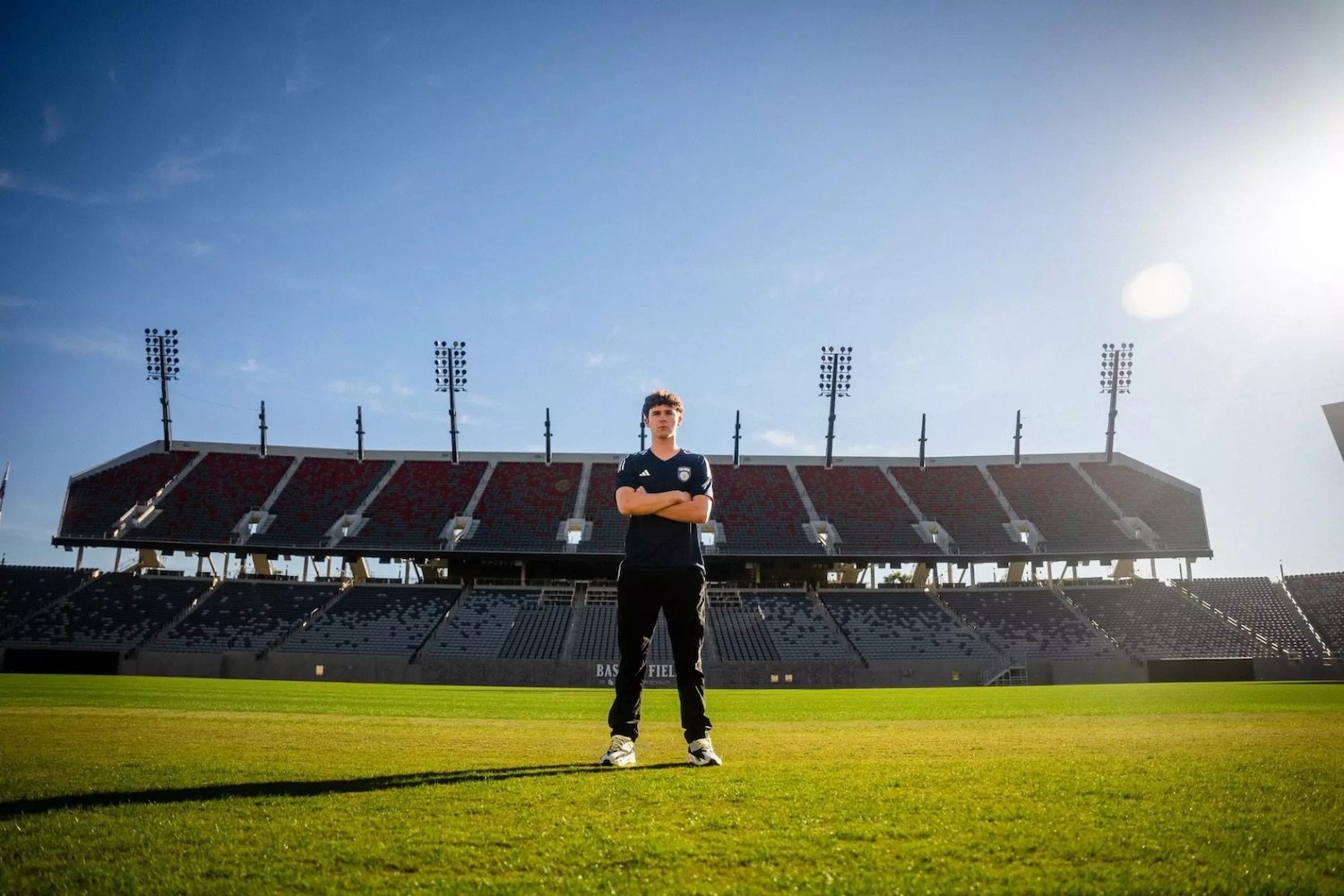San Diego hasn’t won a major sports championship in more than 60 years. As bad as that sounds, the team that will break the curse might not even exist. Not yet, at least, but that could be changing very soon. “We’re bringing the top level of football in America to San Diego,” said San Diego FC CEO Tom Penn.
Penn’s been busy since Major League Soccer announced in May last year that it had awarded an expansion franchise to San Diego. The team gave itself a name, established its headquarters in Little Italy, signed their first three players, and is staging events in each of the county’s 18 cities to introduce itself to potential fans.
But the foundation of the new club, which starts play in February, is its player development system, known as Right to Dream. To Penn and the club, it’s “our differentiator. It’s our special sauce. It’s our identity.”
Right to Dream is an international network of professional teams and development academies, unified under common ownership around a common goal: to identify and nurture soccer talent. In addition to San Diego FC and its academy, Right to Dream includes top Danish clubs FC Nordsjaelland on the men’s side and Kvindeliga on the women’s, Egyptian club TUT FC, and an academy in Ghana.
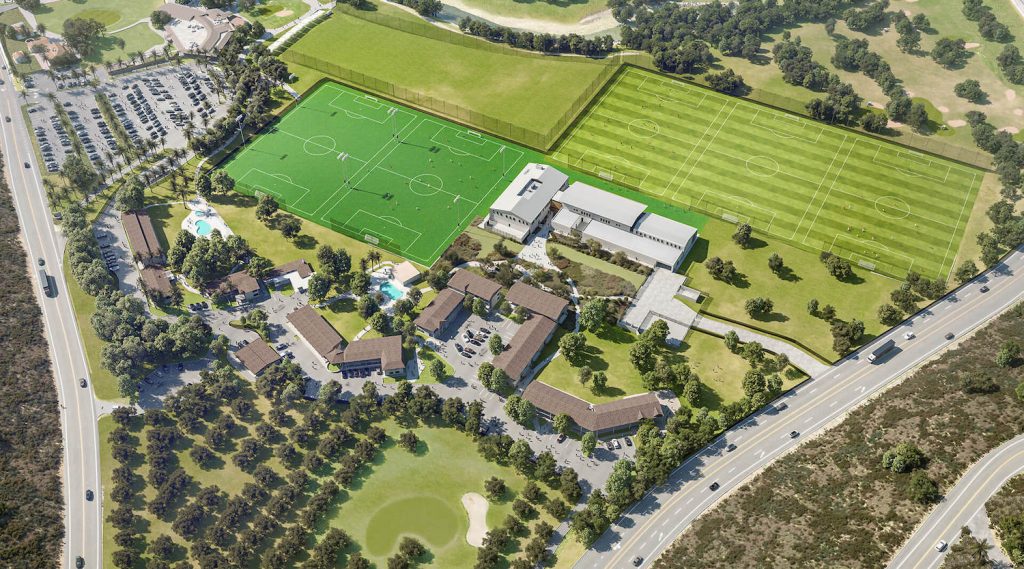
Per the team, the local Right to Dream Academy will be integrated into the club’s 28-acre training facility, which is under construction outside of El Cajon on the Sycuan Reservation. (The Sycuan Band of the Kumeyaay Nation is a part-owner of San Diego FC, marking “only the second time in our nation’s history that a Native American tribe will have an ownership stake in a major league sports franchise,” according to the Sycuan Tribe.)
The academy is so important to the club, it even contemplated how the first team and developing players will eat together. “A cultural focal point of the facility,” San Diego FC shared in a statement, “is the second-floor dining room and communal hub, overlooking the training fields, which fosters engagement between the academy players, coaches, teachers and professional players.”
To longtime and international soccer fans, Right to Dream may represent an enviable investment. Some of the most successful clubs in world football, from Manchester City in the English Premier League to AC Milan in Italy’s Serie A, employ this “multi-club model.” To casual and prospective fans in San Diego, it may sound like gibberish. To help translate, I asked Penn what San Diegans will feel because of Right to Dream.
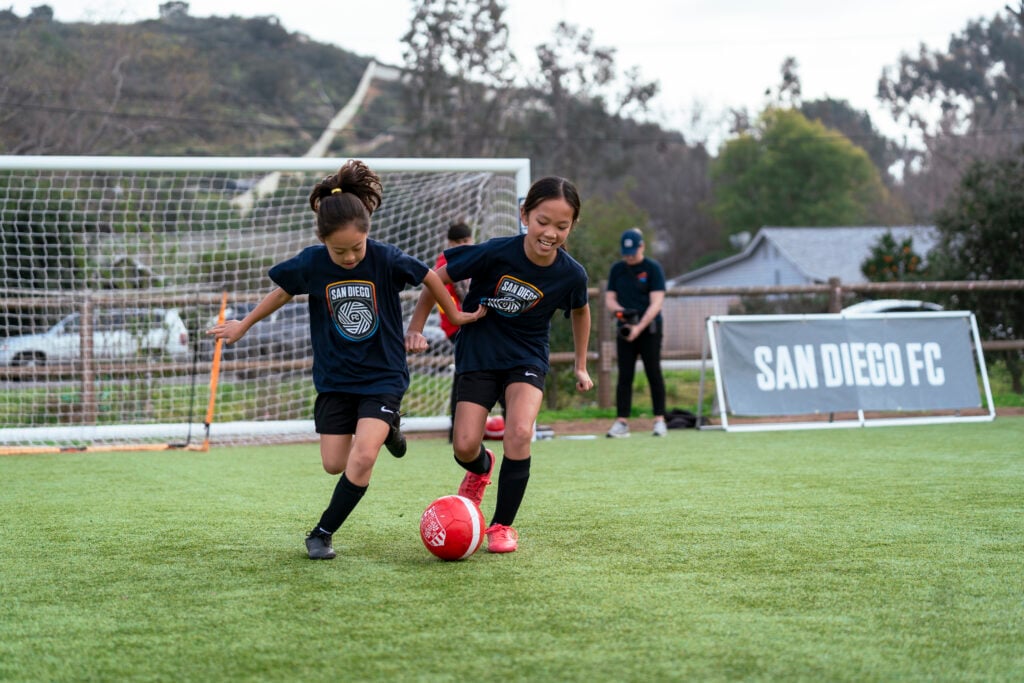
“We intend to home-grow the best players from this region, and then from North America and Mexico,” he said. “When you home-grow talent, there is so much pride within the fanbase.” The Athletic’s MLS reporter Tom Bogert thinks Penn is onto something.
Southern California, generally, and San Diego, specifically, are some of “the most fertile markets for talent,” Bogert said, before rattling off a list of local soccer stars who drifted elsewhere–U.S. national team member Haji Wright, Spanish side Las Palmas’ Julián Araujo, and FC Dallas’ Paul Arriola, to name a few.
But for all the trophies LAFC and LA Galaxy have won over the years, Southern California’s extant MLS teams have yet to crack the code on developing a pipeline of local talent. Bogert believes it’s one of the reasons why San Diego FC’s ownership group was so attracted to the binational market. Their being able to implement the Right to Dream system immediately in a soccer hotbed gives it a potential competitive advantage over its soon-to-be rivals.
Of course, it takes years to develop teenagers into top professionals, and San Diego FC needs players and team executives now. Their first game is in nine months.
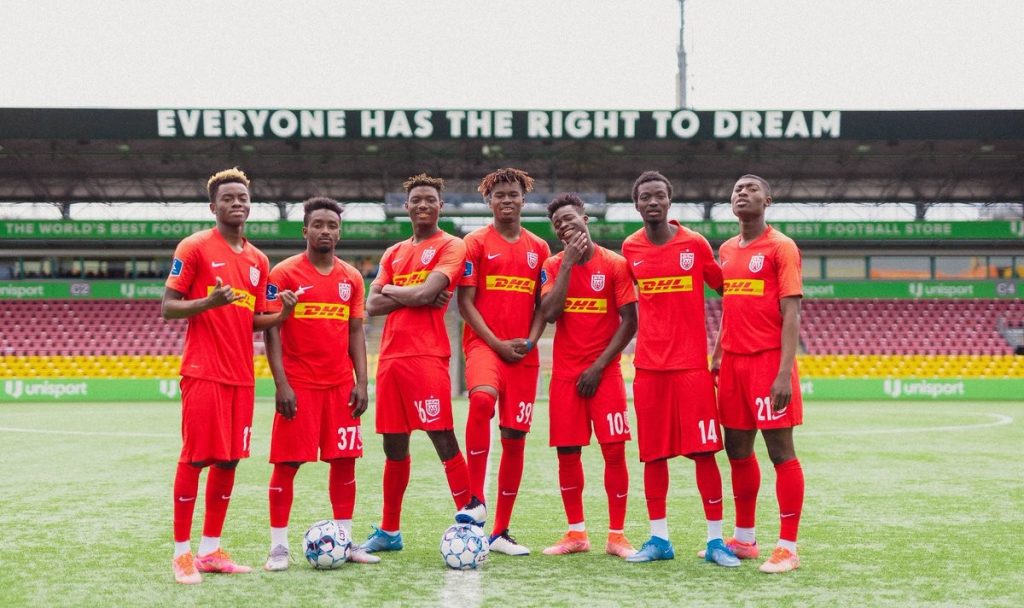
In an example of Right to Dream at work, two of their first three players in defensive midfielder Jeppe Tverskov and forward Marcus Ingvartsen come from sister club FC Nordsjaelland. “We intend to have this pipeline of aspiring, young super-talent from all parts of the world launching their careers in San Diego,” Penn said.
There are also hints that San Diego FC will make a splash with at least one big-name signing. In a podcast interview, Penn noted the importance of a “signature player” to an expansion franchise, and in our conversation he said San Diego FC are going to sign “significant players.”
For the front office, the team hired Tyler Heaps from AS Monaco, a premier club in France’s Ligue 1, as well as Sean Howe, formerly D.C. United’s director of scouting. The most important position is the sporting director, soccer’s version of the general manager. For that, the club is targeting AS Monaco’s Carlos Aviña Ibarrola, according to Bogert.
I was skeptical of MLS coming to town. San Diego supports only one men’s major league franchise in the Padres, and even a rabid, grassroots fanbase couldn’t prevent the second-tier San Diego Loyal SC from folding last year. And for most of its history, MLS seemed like a major-ish league, perennially coming in a distant fifth to the NFL, MLB, NBA, and NHL. The league recruiting fading stars like David Beckham in 2007 and Thierry Henry in 2010 came off more as gimmicks to juice revenues than investments in product quality.
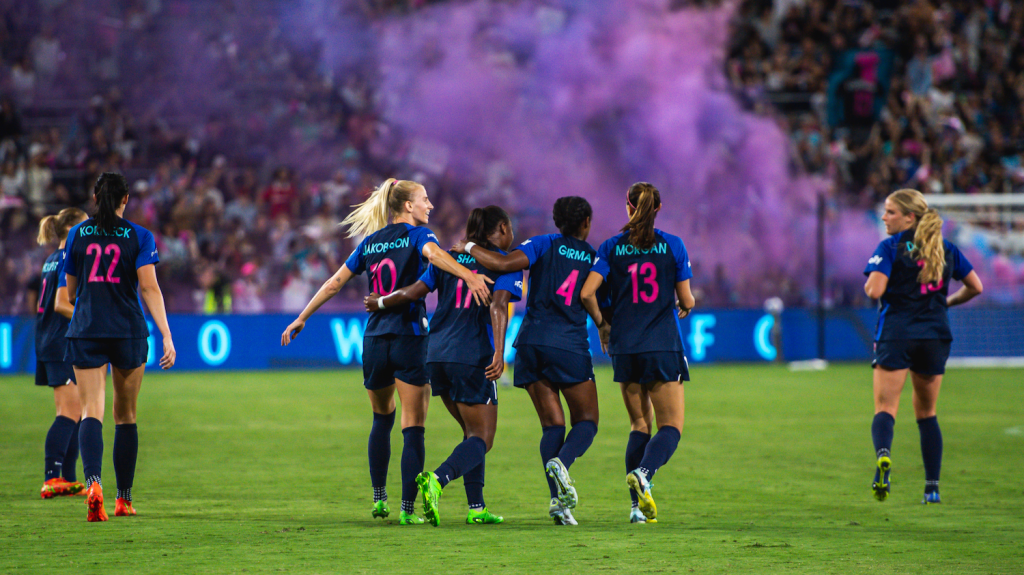
It’s also questionable that, per the terms of their lease, San Diego FC receive scheduling priority at Snapdragon Stadium. The San Diego Wave were the venue’s first major tenant, and in 2022 they shattered a women’s single-game attendance record. The Wave were the best regular season team in their second year. They’ve never finished a season without making the National Women’s Soccer League semifinals, and they feature a global superstar in Alex Morgan, plus plenty of rising young talent. San Diego FC will get a chance to win the city’s first major championship in generations only if the Wave don’t win the NWSL title first.
This isn’t lost on Luis Montero-Adams. He was a regular at Loyal matches and owns San Diego Wave season tickets. He’s exactly who San Diego FC wants to appeal to–a soccer fanatic who grew up crossing the border everyday—though he’s unsure about buying San Diego FC season tickets, particularly at the team’s asking price. “My three Wave seats plus parking equals one San Diego FC seat in the exact same chair,” he said. “I’ve come to really enjoy the Wave, and I want to love San Diego FC,” but he’s still searching for a reason to buy in.
The hesitancy toward a soccer club that has three players and half a front office is understandable, and a cynic could consider San Diego FC as corporate interlopers. Young talent in American sports often means cheap talent, which often means losing.
PARTNER CONTENT
But pop open the hood and San Diegans could possibly find world-class infrastructure for a world-class team in the world’s most popular sport. San Diego FC is backed by deep-pocketed owners, has access to a renowned international player development system, and the team will play in a prime market in the like-new Snapdragon Stadium. They’ll train in a state-of-the-art facility. Management says they’re committed to signing quality players and it’s poaching executives from top-flight club teams.
To Tom Penn, this is all happening during a golden age for the sport in the US MLS is growing, Lionel Messi playing Stateside is a phenomenon, and the next iterations of the Club World Cup, the men’s World Cup, and the Olympics will be held here. Snapdragon Stadium is a soccer destination unto itself. “All eyes are on American soccer,” Penn said, “and we’re the bright, shiny new entry into that.” This shine will dull quickly if the club sells to local fans what San Diego teams have been for decades: a mirage on the horizon that never gets closer.















